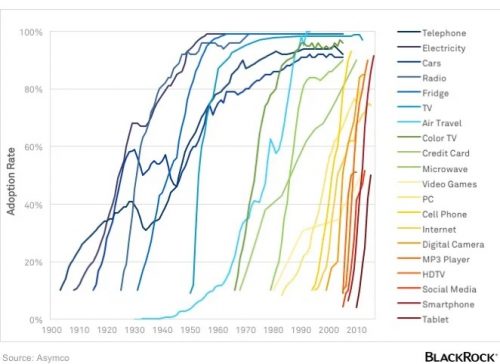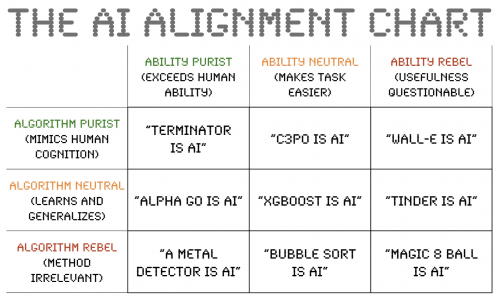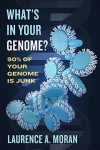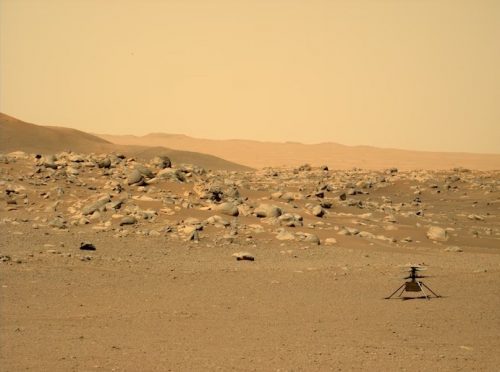I think I can scratch a self-driving car off my Christmas list for this year…and for every year. I can always use more socks, anyway. The Washington Post (owned by another tech billionaire) has a detailed exposé of the catastrophic history of so-called autonomous vehicles.
Teslas guided by Autopilot have slammed on the brakes at high speeds without clear cause, accelerated or lurched from the road without warning and crashed into parked emergency vehicles displaying flashing lights, according to investigation and police reports obtained by The Post.
In February, a Tesla on Autopilot smashed into a firetruck in Walnut Creek, Calif., killing the driver. The Tesla driver was under the influence of alcohol during the crash, according to the police report.
In July, a Tesla rammed into a Subaru Impreza in South Lake Tahoe, Calif. “It was, like, head on,” according to a 911 call from the incident obtained by The Post. “Someone is definitely hurt.” The Subaru driver later died of his injuries, as did a baby in the back seat of the Tesla, according to the California Highway Patrol.
Tesla did not respond to multiple requests for comment. In its response to the Banner family’s complaint, Tesla said, “The record does not reveal anything that went awry with Mr. Banner’s vehicle, except that it, like all other automotive vehicles, was susceptible to crashing into another vehicle when that other vehicle suddenly drives directly across its path.”
Right. Like that ever happens. So all we have to do is clear the roads of all those other surprising vehicles, and these self-driving cars might be usable. That’s probably Elon Musk’s end goal, to commandeer the entirety of the world’s network of roads so that he can drive alone.
Speaking of Musk, he has a long history of lying about the capabilities of his autopilot system.
Tesla CEO Elon Musk has painted a different reality, arguing that his technology is making the roads safer: “It’s probably better than a person right now,” Musk said of Autopilot during a 2016 conference call with reporters.
Musk made a similar assertion about a more sophisticated form of Autopilot called Full Self-Driving on an earnings call in July. “Now, I know I’m the boy who cried FSD,” he said. “But man, I think we’ll be better than human by the end of this year.”
Lies. Lies, lies, lies, that’s all that comes out of that freak’s mouth. If you want more, Cody has a new video that explains all the problems with this technology. I know, it’s over an hour long, but the first couple of minutes contains a delightful montage of Musk making promises over the years, all of which have totally failed.
Can we just stop this nonsense and appreciate that human brains are pretty darned complex and there isn’t any AI that is anywhere near having the flexibility of a person? Right now we’re subject to the whims of non-scientist billionaires who are drunk on the science-fantasies they read as teenagers.









